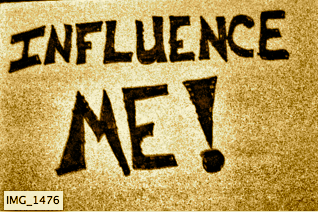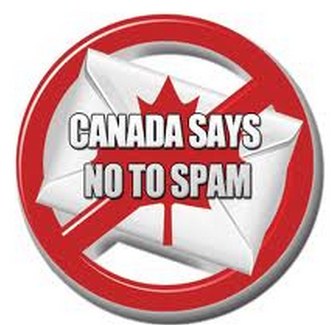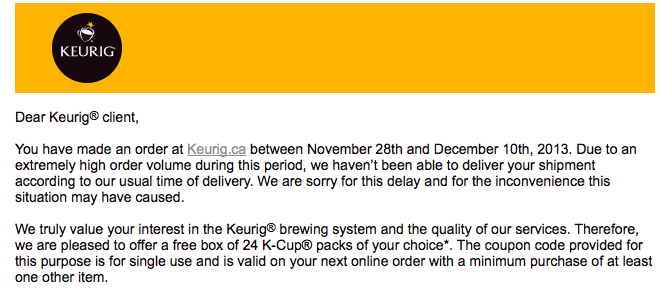Good Leaders Don’t Preach, They Act
Over the years I have worked with some brilliant people. I have also worked with some less than brilliant people. Thankfully there were learning opportunities from both. In fact, I have learned what to do and what not to do. Perhaps the biggest lesson however, is that good leaders don’t preach, they act.
Here are the top 5 lessons I have learned from great leaders:
1. They Listen
Really great leaders are able to listen to other people. They actually hear what is being said. They also listen to people regardless of where they might be in the hierarchy.
As one leader put it, “I see things from a certain vantage point. My executive team sees it pretty much from my vantage point, but the manager on the floor or the employee on the front lines sees it from a much different way. I can’t always seek their input in making decisions, but there are times when I need to hear about their issues to make an informed decision.”
2. They Praise in Public and Coach in Private
We have all been in situations when a manager or other senior leader in the organization has made a point to publicly acknowledge the contributions of a team member. During those moments we really admire that individual who can take the time to recognize others. And secretly, we want to be on the receiving end of the recognition. Be honest with yourself…you know that you do.
We have also been either witness to, or worse yet, the subject of what could be a public flogging or at the very least a very embarrassing moment when the boss decides that he is going to put you in your place in front of your peers, his peers or customers.
In the former situation, individuals are showing leadership and acknowledging that it takes a team to succeed. It build trust. It builds team. It build respect. And, on top of it all, it creates an environment where people will follow that leader to the end of the earth.
In the latter situation, it is quite different. This type of action is not about leadership. It is about someone who has to exert a sense of power or control over another. Often times this is done to counteract the insecurity of the so-called leader. In fact, I have witnessed this in cases where an individual is very good at what he or she does and is being recognized for success. The leader has become threatened by the success of his or her underling and takes action to “show who is boss.” The end result is not admiration or respect for the leader. In fact it is quite the opposite.
3. Know Leadership is More than Dolling Out Books
Don’t get me wrong. I love reading. I collect books and never want to dispose of books. They become a part of my being. When someone recommends a book to me I take that seriously. Of course I want to explore what this person experienced in reading said book. This is particularly true of people I really admire and respect.
It has been my experience that really great leaders keep up to date with most, if not all, of the greatest books, but they are very judicious in terms of which books they recommend to others. The reverse is also true for not so great leaders. I can recall working with one individual who had a new book recommendation for his staff on nearly a weekly basis. Not only did he order the book for us, which was nice, but he then told us how quickly he read it and would bring it out in meetings. Of course, the book of choice changed nearly weekly. Unfortunately so did his focus. It didn’t take long for the books to collect on the shelves of those that reported to him. There were some good ones in there, but unfortunately the build-up of dust was a telltale sign that his subordinates no longer took him seriously.
4. Appreciate and Celebrate Differing Points of Views
When I look at the great leaders that I have had the pleasure of serving with, they are pretty comfortable in their own skin. They are confident in their expertise and recognize that they need to build a team that is second to none. Because they are confidant, they not only appreciate, but they seek out and celebrate differing points of views. They know that hearing different ideas, they will make decisions with all scenarios in mind.
I worked with one CEO that would listen carefully to members of his executive team, his or her ideas, concerns and proposed solutions. He often already knew the course of action that he wanted to take, but through hearing out his team he did 3 things:
- he tested this theory to ensure that he had all the information;
- practiced how he might present/defend to the board and other stakeholders; and
- brought his team along with him through discussion.
In the end his team understood the issue thoroughly and because they had the opportunity to share their thoughts, they felt tied to the decision.
I think it is important to note that this same CEO did not rule by consensus. Don’t get me wrong. He had no issue making his own decisions and he often did make decisions without a group discussion. When he did however, his team respected him and more importantly “trusted” that it was the right thing to do.
5. They Care
This might seem obvious, but I don’t believe it to be the case. Working with people who care does make a difference. For those that think it is a weakness to care, I would suggest that you might be a leader in name, but you won’t have the minds, hearts and dedication of those that work beside you and for you. When a person genuinely cares for another person it is obvious. When a person is only focused on his or her own interests, that is also transparent.
Want to learn more about leadership, marketing and developing your business? Visit us at TaylorMade Solutions













